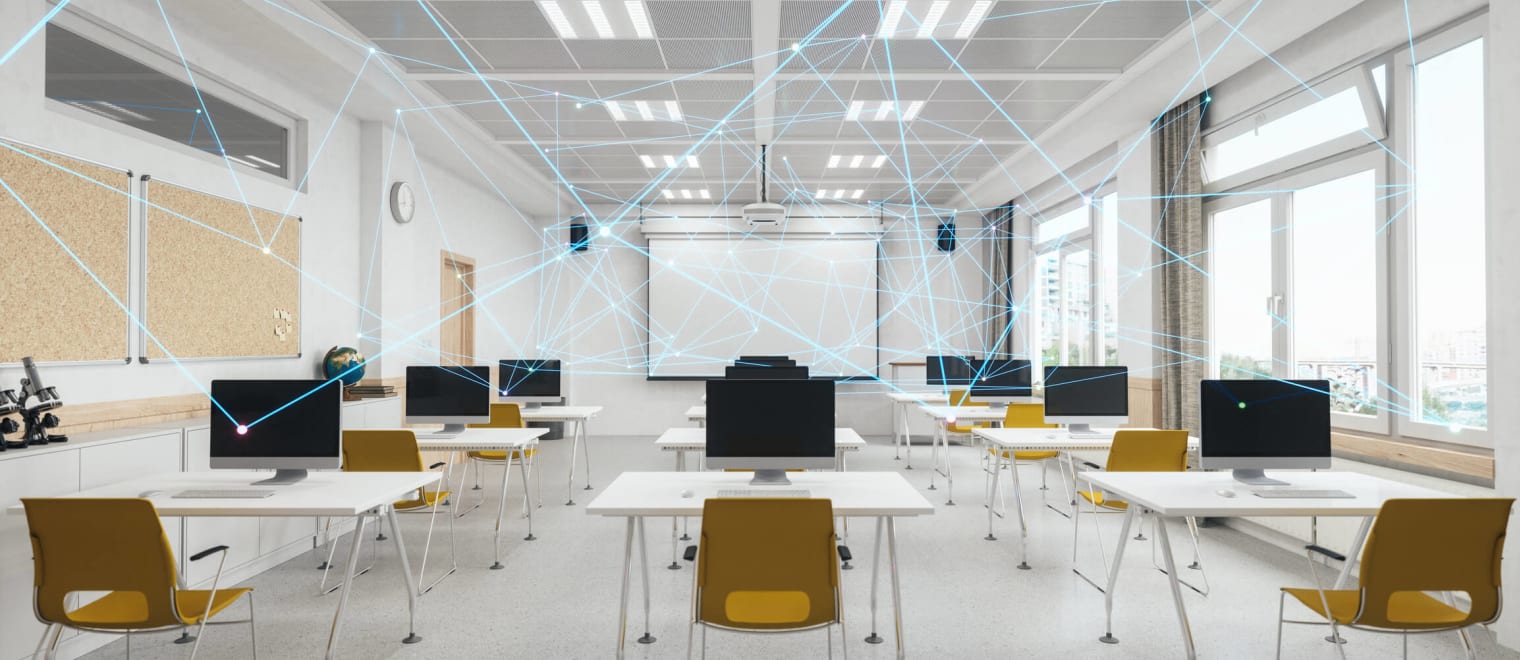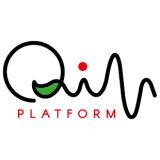This informal CPD article, ‘Enhancing Student Engagement: An Integrated Model‘, was provided by Marwa EL Hajj, Education specialist at QIN Platform, who are passionate about transforming education and preparing students for the challenges of the 21st century. They provide innovative education solutions that integrate arts, STEM, health education, and sustainability seamlessly.
Education is a dynamic field, with educators at its core, molding the minds of the future. Nevertheless, they regularly grapple with the challenges of sustaining student engagement. These challenges leave educators seeking innovative solutions that enhance the learning experience for their students. In this article, we will explore a model example that addresses this challenge and fosters an engaging and interactive learning environment for K-12 students in the subjects of math, sciences, and humanities.
Teachers’ biggest challenges
Before diving into the model example, it's essential to understand the challenges teachers encounter in classroom. These challenges can include time constraints, a lack of resources, and difficulties in keeping students engaged.
Teachers are often under immense time
pressure. They
must adhere to a predefined curriculum, meet testing requirements, and address
administrative tasks, leaving limited room for innovative teaching methods.
These time constraints hinder their ability to explore alternative, more
engaging teaching approaches.
In many educational settings, resources are scarce. Outdated textbooks, inadequate access to technology, and tight budgets can limit the tools and materials teachers have at their disposal. The lack of resources can hamper their efforts to introduce creativity, technology, and sustainability into the classroom.
Capturing and maintaining students' engagement in the learning process can be a persistent challenge. In a world filled with distractions and shorter attention spans, teachers must compete for their students' focus. Traditional, one-size-fits-all teaching methods often fail to cater to the diverse learning preferences and needs of students, resulting in disengagement and disinterest.
These challenges collectively create an environment where both teachers and students can become frustrated and disheartened. Addressing these issues is crucial to ensuring that the learning experience is as effective and engaging as possible.
An integrative approach to teaching and learning
The Model we propose is an integrative approach to teaching and learning, which integrates technology, arts, health education, and sustainability. This approach seeks to look at the child as a whole child, an approach that tackles different angles of the children's world and transforms the classroom into a reflection of the real world, not only a room where the child plays the role of student. This allows students to be aligned with their own experiences and the real world.
















